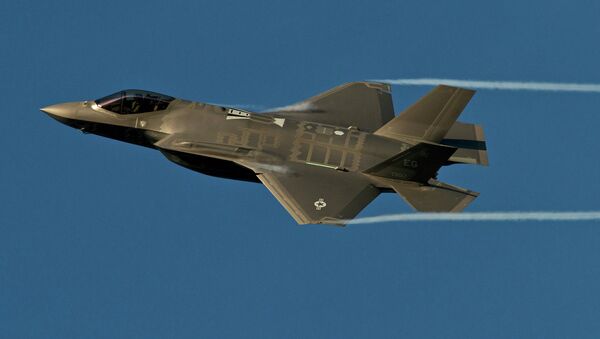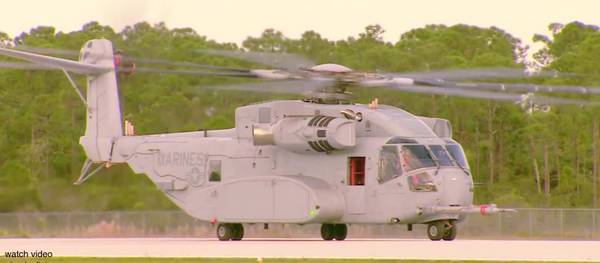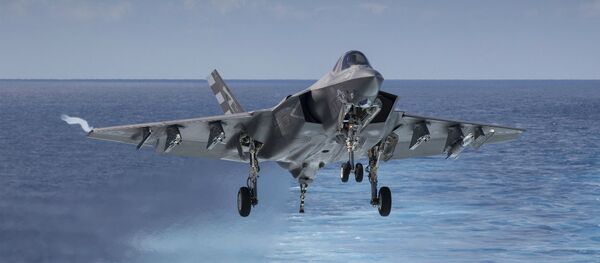Lockheed expects to issue a new report detailing fixes for the issue, Defense News reported. Pilots aboard the USS George Washington have expressed an inability to read flight instruments and physical pain arising from issues with the F-35C model’s ability to conduct catapult take-offs aboard the aircraft carrier.
One potential fix Lockheed may propose entails altering how pilots “get into the seat, how they pull their harnesses and make sure they are in proper position,” Jeff Babione of Lockheed Martin said.
Another solution would be “a little bit less load holding the airplane back when it launches off the catapult,” which could relieve pressure on the nose gear.
Engineers for the F-35 have not suffered from a shortage of tasks to fix.
Lockheed said that repairs to 47 F-35s plagued by technical malfunctions concerning the insulation and coolant lines are finished. The glitches had previously led to a tailpipe fire. More than a dozen F-35s had been grounded because of the issue.
The most expensive weapons program in US history featured engine mishaps and faulty cooling wires as recently as the fall of 2016. One wonders whether F-35 technicians should be called firefighters, because they’ve had to put out quite a few blazes.
Lt. Gen. Chris Bogdan actually warned pilots of an increased risk of fire when flying the aircraft as a result of loose brackets that let electrical wires roam free near flammable parts of the plane. Considering the jets haul 500-pound bombs, such minor fires could become serious and potentially fatal events for US pilots.
Babione says the problems could have been much worse. "This only impacted 50-something jets. If the production ramp had been much higher, it would have been [more significant]."



